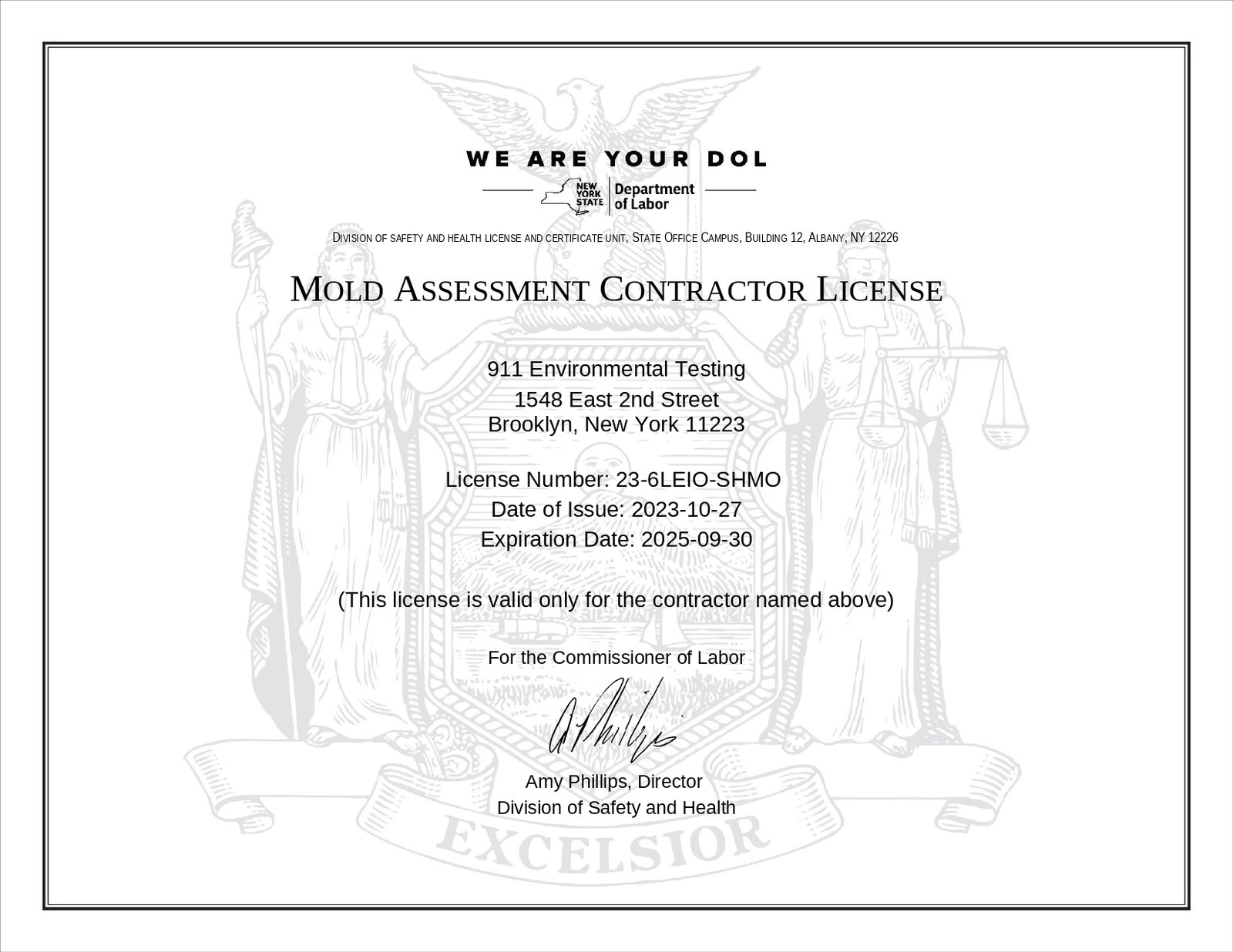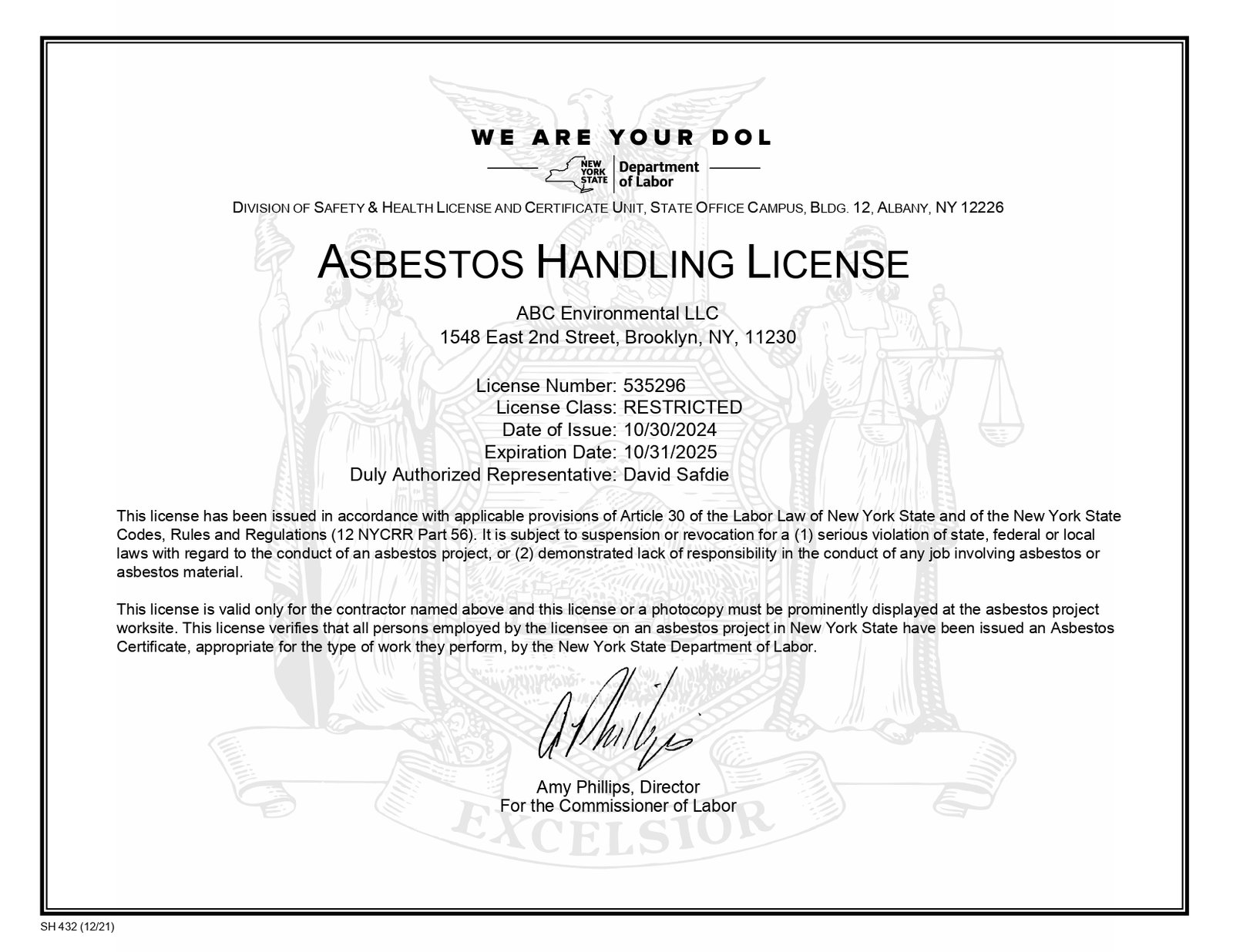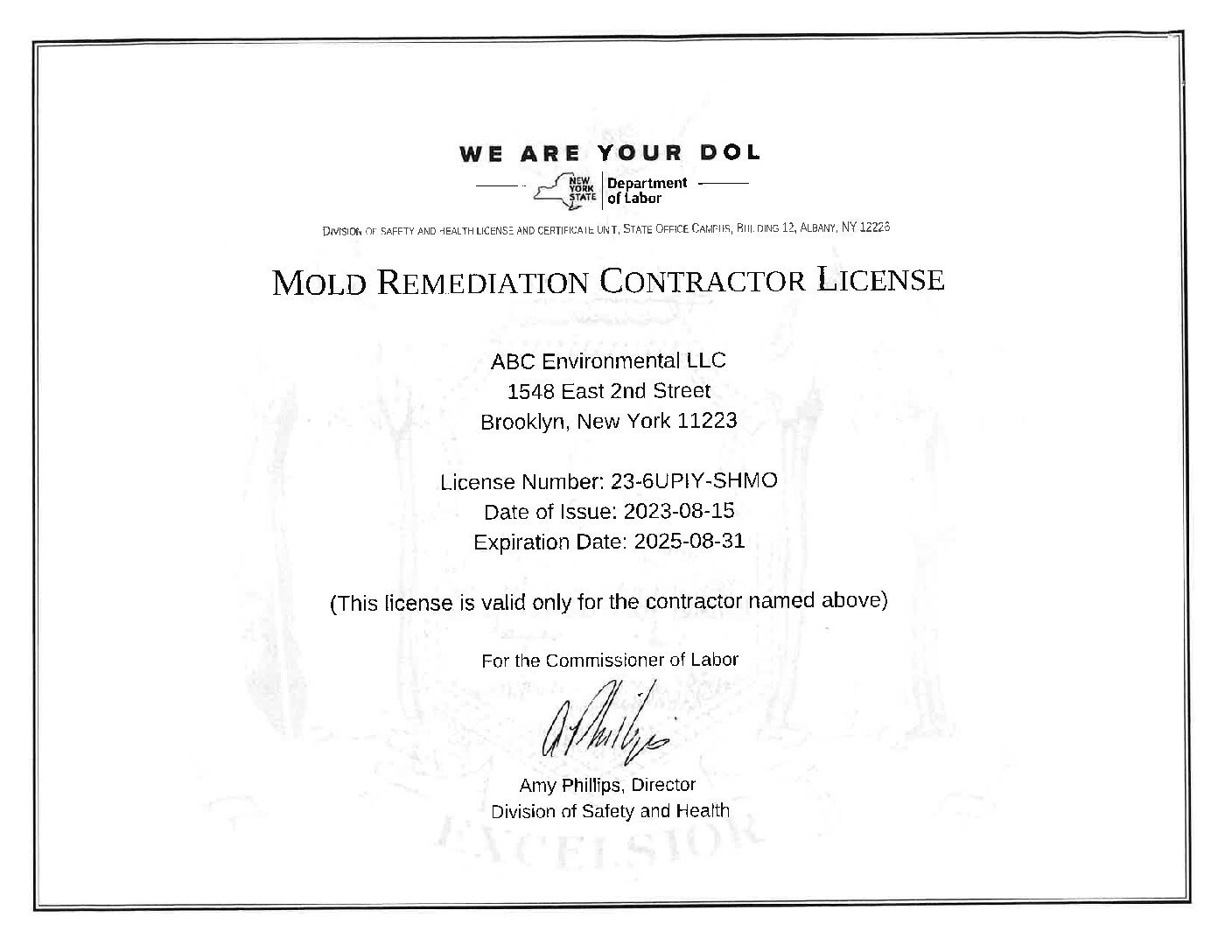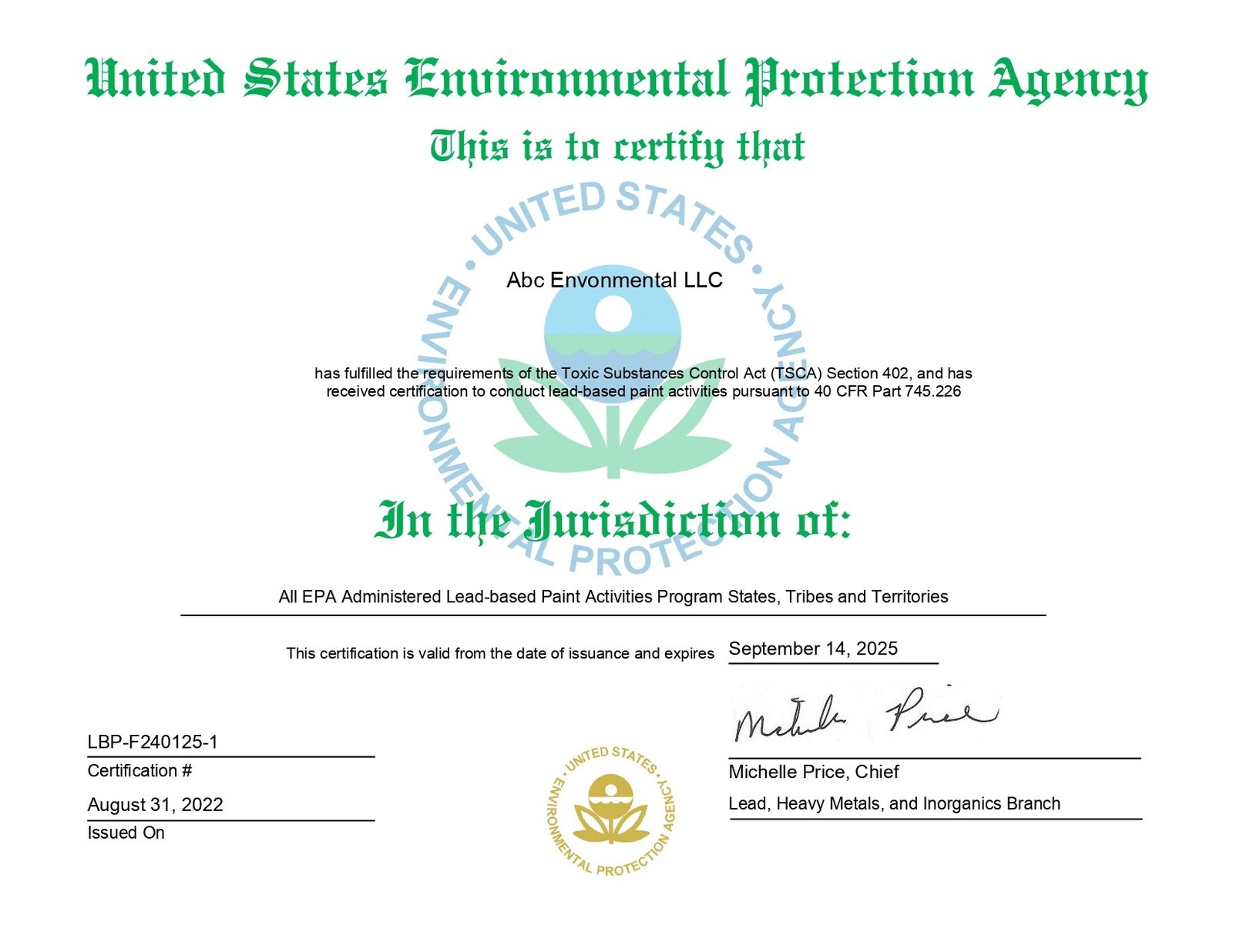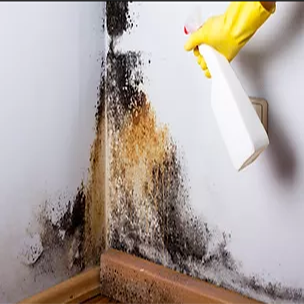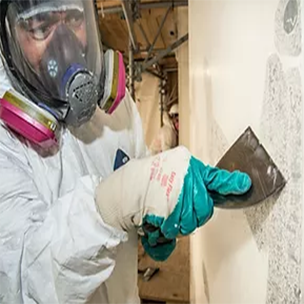ABC ENVIRONMENTAL LLC
MolD, Lead, Asbestos Testing and removal for commercial and residential buildings
NEW YORK & NEW JERSEY
WE ARE CERTIFIED ENVIRONMENTAL CONSULTANTS
Our Testing & Remediation Services
MOLD TESTING & REMOVAL
Mold is a major- world wide problem. It blackens and stains the grout lines in your shower, discolors drywall, shows up as black spots on siding, darkens decks, and grows on/ rots damp wood everywhere. Even worse, it can be bad for your health. Mold releases microscopic spores that cause allergic reactions, runny noses and sneezing, as well as irritating and even injurious odors.
LEAD TESTING & REMOVAL
It does not matter if a person breathes in, swallows, or absorbs lead particles, the health effects are the same. We have conducted hundreds of major Lead Testing And Remediation projects nationwide, in various industrial and commercial settings ranging from family homes to high-rise buildings and multi-acre industrial facilities.
ASBESTOS TESTING & REMOVAL
Asbestos exposure can lead to mesothelioma and other asbestos-related cancers. We are experts when it comes to testing and managing asbestos, we have worked/consulted in a variety of both small and large scale projects in industrial and commercial settings. These projects have involved office buildings, homes, restaurants and more.
HPD MOLD & LEAD VIOLATIONS REMOVAL
WE ARE EXPERT ENVIRONMENTAL CONSULTANT IN NEW YORK & NEW JERSEY
We are also confident in our ability to provide the best prices in the New York tri-state area, contact us today to see for yourself!

MORE SERVICES BY ABC ENVIRONMENTAL LLC
WATER DAMAGE RESTORATION
ABC Environmental LLC offers expert water damage restoration services. Our team utilizes advanced techniques to remove water, dry affected areas, and restore your property to its pre-damaged state. Trust us to handle any water damage emergency with efficiency and care. Contact us today for swift restoration solutions
FIRE DAMAGE RESTORATION
ABC Environmental LLC offers top-notch Fire Damage Restoration services to help you recover from fire incidents quickly and efficiently. Our expert team specializes in restoring your property to its pre-fire condition, ensuring a smooth and hassle-free experience for you. Trust ABC Environmental LLC for all your fire damage restoration needs.
FUEL TANK CLEANING AND MAINTAINANCE
Revitalize your fuel tank with ABC Environmental LLC’s top-notch cleaning and maintenance services. Our expert team ensures your tank is in prime condition, maximizing efficiency and longevity. Trust us to keep your fuel system running smoothly. Contact us today for a cleaner, more efficient operation
DEMOLITION SERVICES
ABC Environmental LLC offers top-notch demolition services, specializing in safe and efficient building removal. Our team of experts utilizes cutting-edge technology and sustainable practices to deliver superior results. Trust us for all your demolition needs – we’ll get the job done right, every time.
PROPERTY MAINTAINANCE
ABC Environmental LLC offers top-notch property maintenance services, ensuring your property remains in pristine condition. From landscaping to cleaning and everything in between, our team is dedicated to preserving the beauty and functionality of your property. Trust ABC Environmental LLC for all your property maintenance needs
OUR AWESOME CLIENTS
We have been around the block…
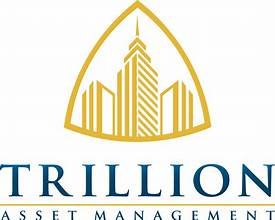
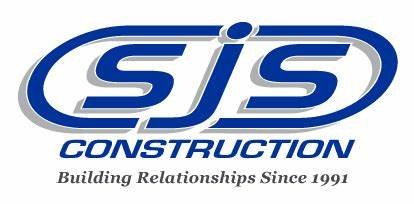
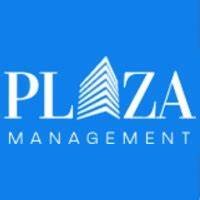
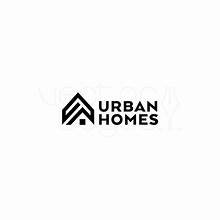

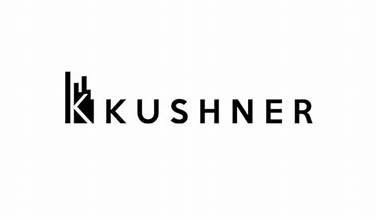
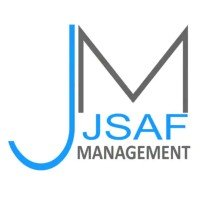
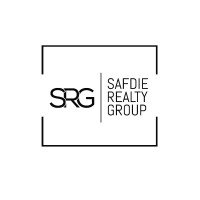

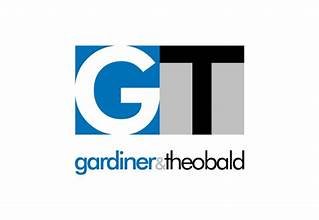
Who all we serve
Home Owners
Realtors
Property Managers
Environmental Specialists

